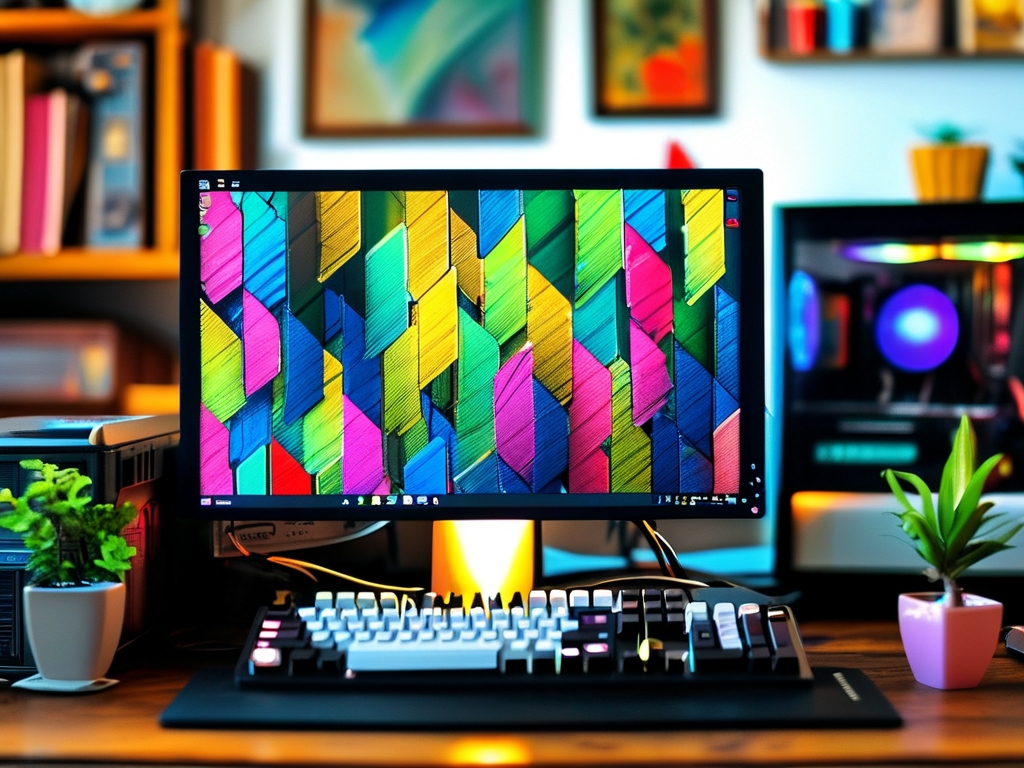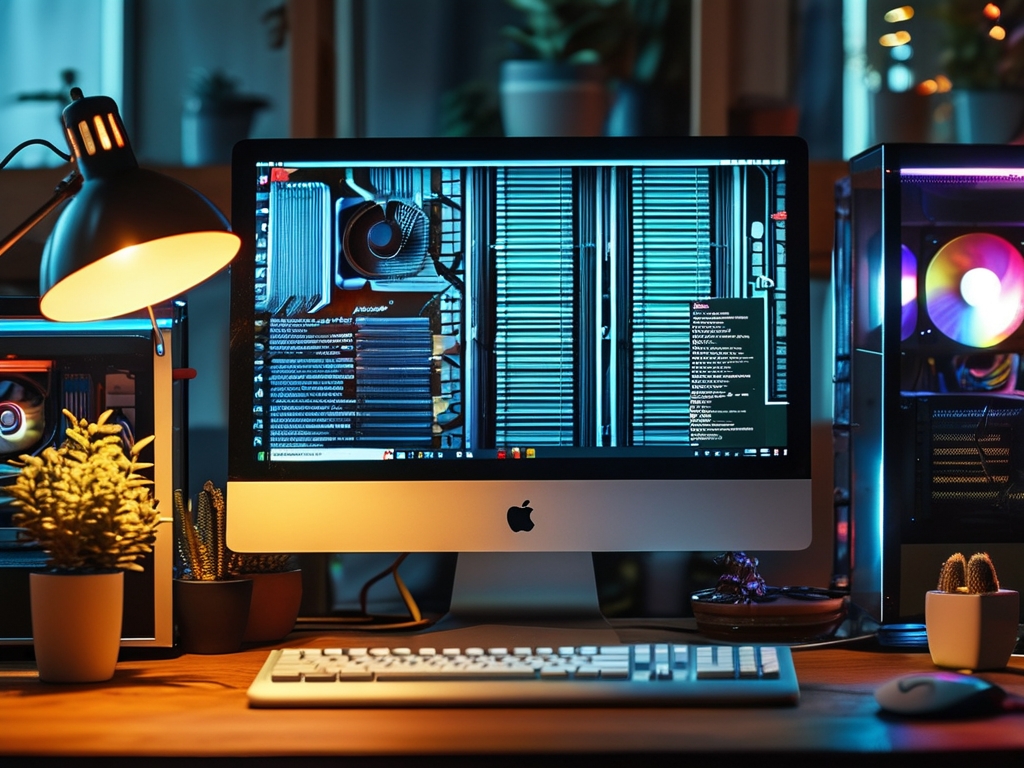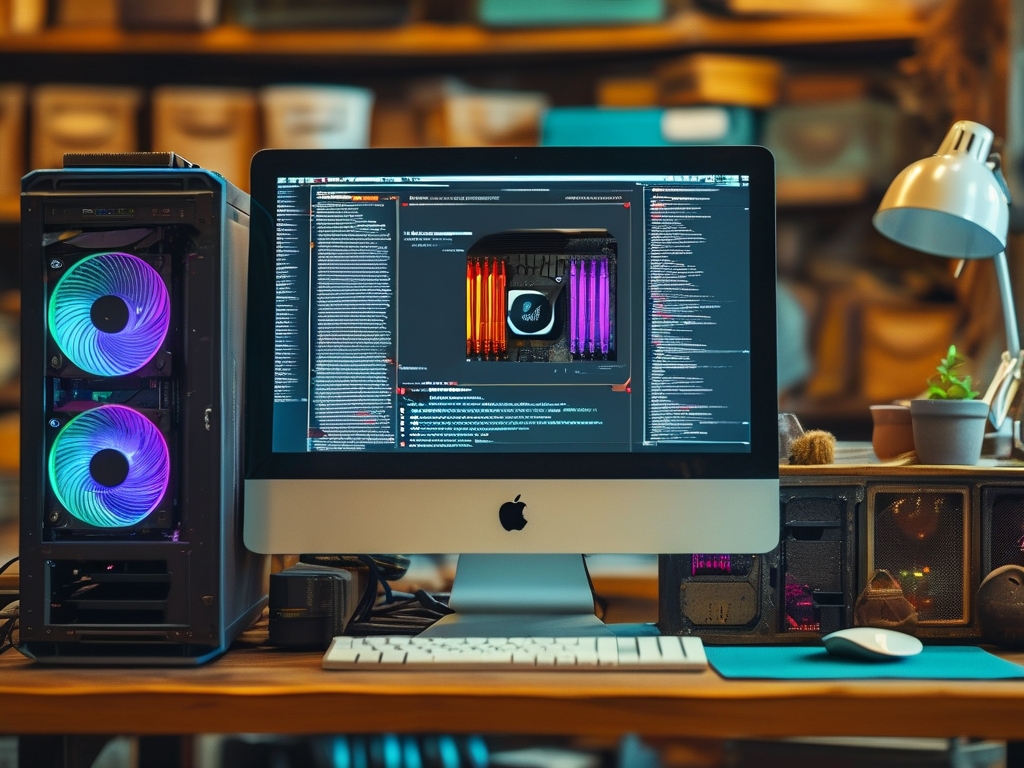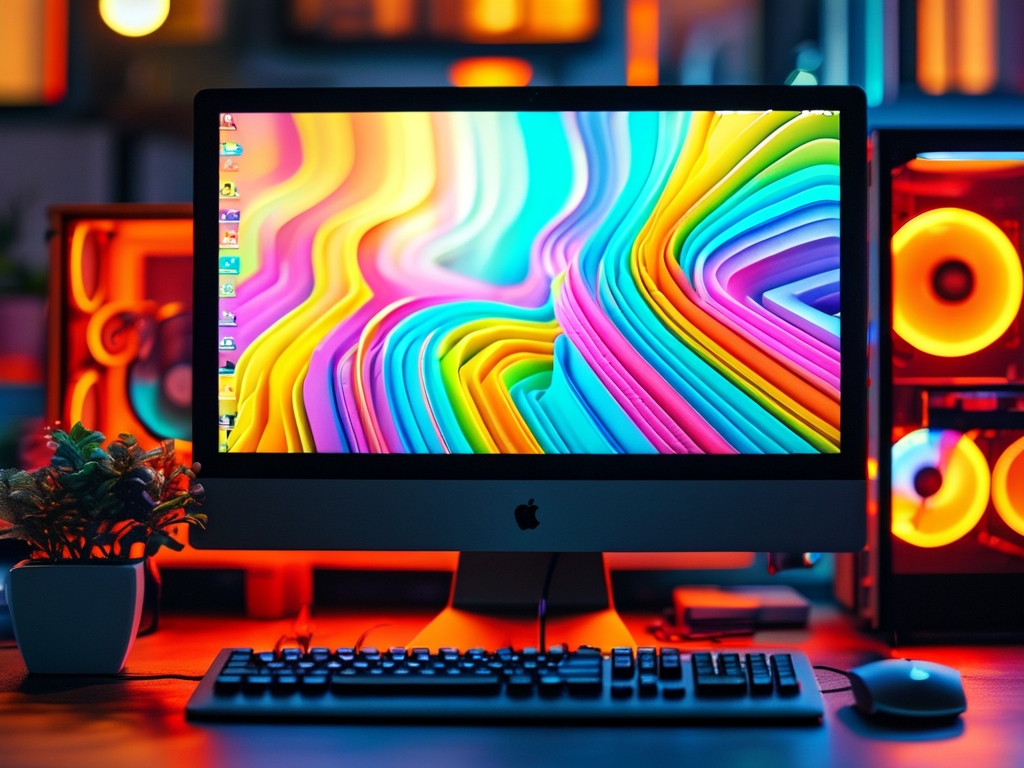In today’s digital age, computers are essential tools for work, education, and entertainment. However, one common frustration many users face is the dreaded "low memory" warning. When your computer’s memory (RAM) is insufficient, performance slows to a crawl, applications crash, and multitasking becomes impossible. This article explores why computers run out of memory, practical solutions to address the issue, and strategies to prevent it from recurring.
Understanding Computer Memory
Random Access Memory (RAM) is a critical component that temporarily stores data for active applications. Unlike storage drives (e.g., SSDs or HDDs), RAM provides quick access to information needed by the CPU. When RAM is overloaded, your system relies on "virtual memory"—a slower process that uses part of the storage drive as temporary memory. This swap causes lag, freezes, and reduced productivity.
Why Is Your Memory Too Low?
- Multitasking Overload: Running too many applications simultaneously, especially memory-intensive programs like video editors or games, exhausts RAM.
- Background Processes: Apps like antivirus software, auto-updaters, or browser extensions often run silently, consuming resources.
- Outdated Hardware: Older computers may have limited RAM (e.g., 4GB or 8GB), which struggles with modern software demands.
- Memory Leaks: Software bugs can cause apps to use more RAM than intended over time.
- Insufficient Virtual Memory: If your system’s paging file (virtual memory) is misconfigured, performance degrades further.
Immediate Fixes for Low Memory
- Close Unnecessary Apps: Use Task Manager (Windows) or Activity Monitor (Mac) to identify and terminate resource-heavy processes.
- Restart Your Computer: A reboot clears temporary files and resets RAM usage.
- Adjust Visual Effects: Reduce animations and transparency settings in your OS to free up memory.
- Clear Browser Tabs: Web browsers, particularly Chrome, are notorious for RAM consumption. Limit open tabs or use extensions like OneTab to consolidate them.
- Increase Virtual Memory: Manually expand the paging file size in system settings (Windows) or adjust swap memory (Linux).
Long-Term Solutions
- Upgrade Your RAM:
- Check your computer’s maximum RAM capacity and compatibility (e.g., DDR4 vs. DDR5).
- Purchase and install additional RAM sticks. For laptops, ensure the model allows user upgrades.
- Many modern ultrabooks have soldered RAM, making upgrades impossible—research before buying.
- Optimize Software:
- Uninstall unused programs and disable startup apps.
- Switch to lightweight alternatives (e.g., LibreOffice instead of Microsoft Office for basic tasks).
- Use cloud-based tools to offload processing (e.g., Google Docs instead of desktop software).
- Monitor Memory Usage:
- Tools like Windows Resource Monitor or third-party apps like MemTest86 help track RAM consumption patterns.
- Identify and address memory-hogging apps.
Preventing Future Memory Issues

- Regular Maintenance: Schedule monthly cleanups to delete temporary files and clear caches.
- Mindful Multitasking: Avoid running non-essential apps alongside heavy workloads.
- Invest in Hardware: Prioritize RAM when purchasing a new computer—16GB is the sweet spot for most users in 2024.
- Update Software: Ensure your OS and apps are patched to fix memory leaks and improve efficiency.
- Leverage Cloud/External Storage: Store large files externally to reduce strain on system resources.
When to Consider a New Computer
If your device is more than five years old and lacks upgrade options, persistent low memory may signal it’s time for a replacement. Modern systems with SSDs, efficient CPUs, and higher RAM (e.g., 32GB for power users) offer smoother performance.
Low computer memory is a solvable problem. By combining immediate fixes like closing apps and optimizing settings with long-term strategies such as RAM upgrades and mindful usage, users can restore their system’s speed and reliability. Proactive measures, including regular maintenance and smart hardware choices, ensure this issue stays in the past. Remember: a well-tuned computer isn’t just faster—it’s a gateway to stress-free productivity.





